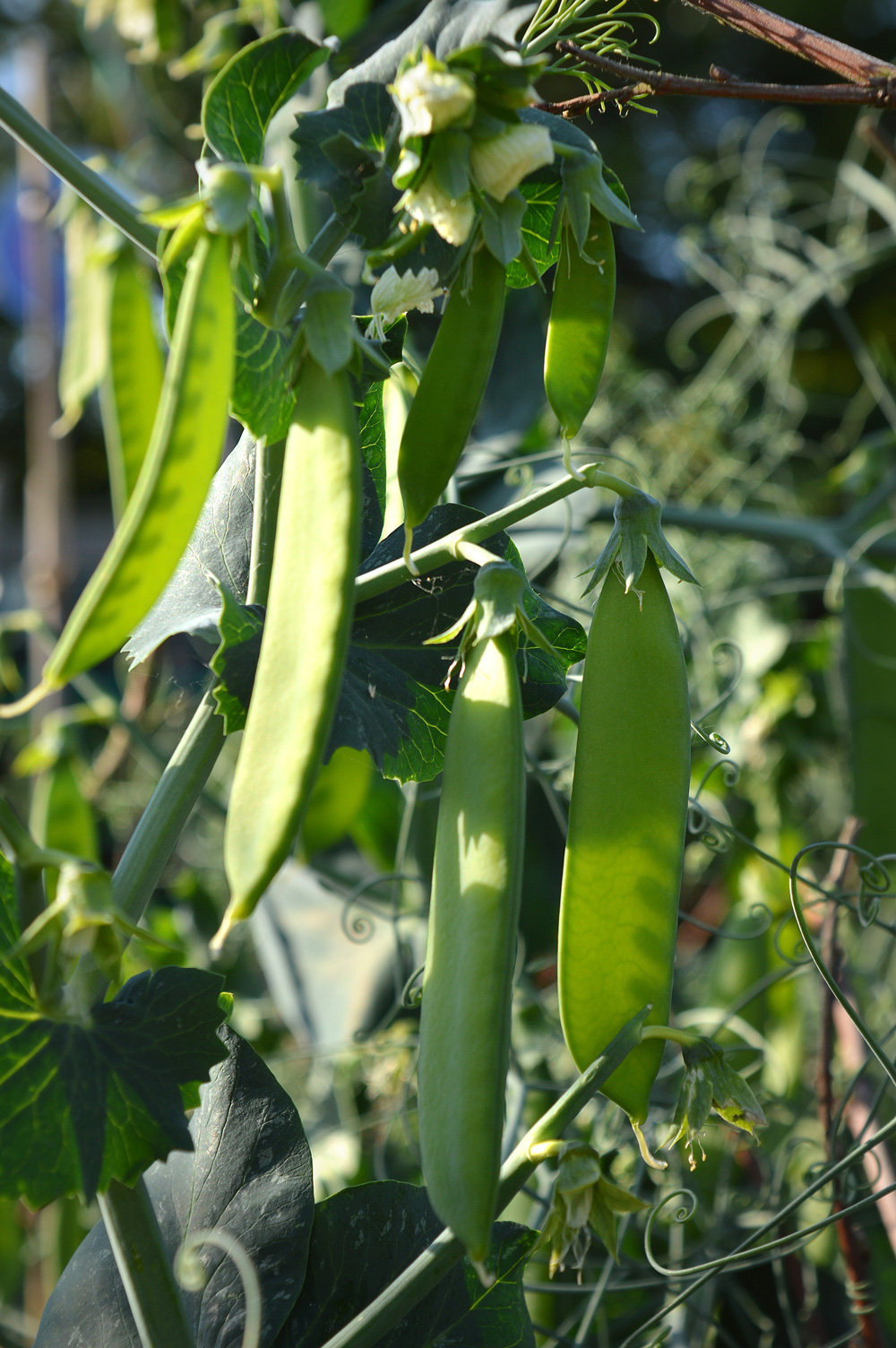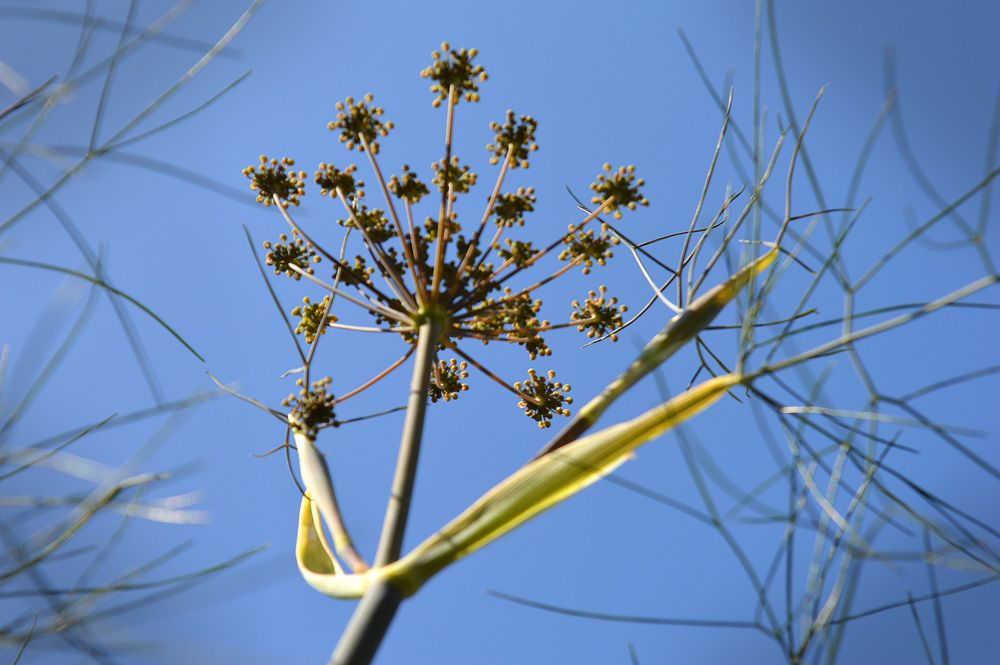July is a wonderful time in a garden. Summer is in full flow, and you will be beginning to reap the rewards of the effort you’ve put in. In some respects, you can relax a little and enjoy your space, and the balmy days and evenings are ideal for this.
There are a few things to do to keep the space in check so it doesn’t descend into sight chaos in a month or so though! And it’s nice to have a break with a few pottering jobs between all that relaxing and entertaining!
Watering
Whilst established shrubs and plants don’t generally need watering (unless severe drought, or plants have become stressed through another reason), pots and hanging baskets, and fruits and vegetables need regular water to keep them performing at their best. Certainly pots are reliant on you for their water source rather than the groundwater. Watering thoroughly but less often is far better than little and often, as the water can penetrate the deeper soil layers and reach the roots that way.
This is where mulch pays dividends, as it helps to reduce evaporation from the surface of the soil and retain the moisture – you will have happier plants that need far less top up moisture so it saves you money longer term to have mulch as well as better performing plants!
Do make sure you water any new plants; you can leave a hose on trickle for 15-30+mins on bigger plants and trees – they will love you for it. Lawns will recover if you don’t water them, and it does save a precious resource, but if you are wanting to preserve grass colour over the summer with watering, the best time to water is late evening or very early morning to allow the water time to percolate before the suns rays evaporate it.
Alternatively, you could look to install a smart watering system of drip irrigation and/or micro-sprinklers, which can be set to automate the whole procedure and save water by directing it exactly where it needs to be. In a drought, I do water some plants deliberately that are loved by bees, as plants when water stressed reduce their nectar production, and bees need even more energy than usual to keep their hives cool, so watering a choice few plants means they have access to food in my garden. I must admit to enjoying a little watering session on a beautiful summer’s evening too, its very relaxing, and I often end up watered myself, oops!!
Deadheading
Continue to deadhead those lovely summer flowers so they keep producing more and more. And give some of the more floriferous plants a top-up feed to keep them happy. Feed tomatoes, cucumbers, strawberries etc.
Veg and fruit that is just coming into production all benefit from a high potassium feed now – Tomorite being the most well known brand but not necessarily the best. When looking for fertiliser, you want to look at the back for the ratio – N:P:K – nitrogen:phosphorus:potassium, and it’s the higher K number you are looking for in this instance. You still want some of the other, as that too plays a role in fruiting and production. You will get a far better yield if you feed regularly.
Pay attention to your compost heap
Regular turning will really help the decomposition process, and often at this time of year we have a lot of green nitrogen rich clippings so be careful to add brown carbons too. You can even add cardboard as the browns. Keep an eye on the moisture and if its getting a bit dry give it a water too! Dry compost heaps do not make for happy heaps.

Be vigilant with pests and diseases
All the lush greenery can easy lead to mildew if the air isn’t circulating round them and the plants are dry. Try to remove any mildew affected leaves to reduce the spores. And on roses keep an eye for blackspot and rust and remove any affected leaves. Don’t compost these, as you will be spreading the spores ready for next year. Either burn or dispose of them. I have also seen the berberis sawfly this year here, which attacks berberis and occasionally mahonia. It’s a non-native pest and has gradually spread to this area. It can very quickly defoliate a plant entirely unfortunately, so I keep an eye out on mine around this time now as I’ve had problems for the past few years. Unfortunately I’ve also seen a lot of box moth this year, and scale, though scale is less of a disaster! Most pests can generally be tolerated, and the abundance of young birds will thank you for leaving them for them to find and enjoy.
Sow succession crops
Keep up with the succession crops of carrots, beetroot, salad leaves, peas etc. I find it easy to forget to grow more at this time of year when the yields start coming in! Also pick ripening fruit and veg regularly to ensure a continuous supply.
By Hannah Hobbs-Chell,
Horticulturist and garden designer/consultant Hannah Hobbs-Chell is the gardener at High Mead Farm, looking after four acres of gardens and landscape.
If you have a question for her, email:hannah.hobbschell@outlook.com including a picture if relevant










Leave a Reply